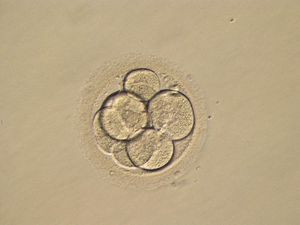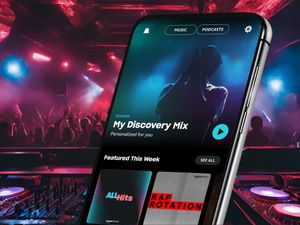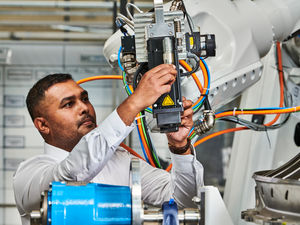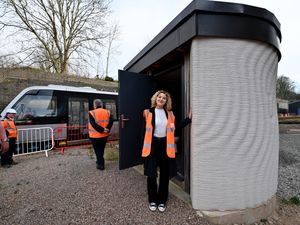Thousands born by donor eggs or sperm set to find out biological origins
Changes to the law mean young people will be able to find out information about their donor later this year.

Thousands of young adults born via sperm or egg donation will be able to find out their biological origins in the coming years, according to new figures.
Changes to donor anonymity law will mean that most donor-conceived young adults born after a certain date will be able to track down the people whose donations led to their conception.
New data from the UK fertility regulator, the Human Fertilisation and Embryology Authority (HFEA), show that by 2030, 11,427 young people will be able to request identifying information about their donor.
The first people will become eligible to apply to the HFEA for this information in October.
The regulator said 30 donor-conceived young people will become eligible to find their donor when they turn 18 later this year.
By the end of 2024, around 766 donor-conceived people will be able to request identifying information about their donor, should they wish, it added.
The HFEA is urging anyone who donated sperm, eggs or embryos after April 1 2005 to ensure they have provided the most up-to-date information to their clinic as it prepares to support the first people affected by the changes to the law.
The changes will make it possible for most people conceived from egg, sperm or embryo donations made after April 1 2005 to be able to request identifiable information after they turn 18.
This includes their donor’s full name, date of birth and their last known address.
Rachel Cutting, director of information and compliance at the HFEA, said: “The decision to abolish donor anonymity in 2005 has given donor-conceived individuals – providing they have been told they are donor-conceived – an opportunity to learn about where they came from, and we know from studies that this has a positive impact on them.
“By the end of 2024, around 766 donor-conceived people will be able to request identifying information about their donor from the HFEA and by 2030, this rises to 11,427.
“As we approach this landmark moment, we have concerns that not all donor-conceived individuals who apply for this information will be able to reach their donor.
“That’s why we are urging donors to get in touch with their clinic to update their contact details.
“Not only will this enable the HFEA to notify donors of information requests from offspring, it reduces the risk of information being sent to a historic address.
“It also means donor-conceived individuals can be reassured that they have their donor’s most up-to-date information.”
Health minister Maria Caulfield added: “Everyone should have the right to know about their genetic history.
“To ensure we don’t disappoint those looking for answers, I would urge all those who have donated after 1 April 2005 to consider updating their contact details with the HFEA as soon as possible.”





